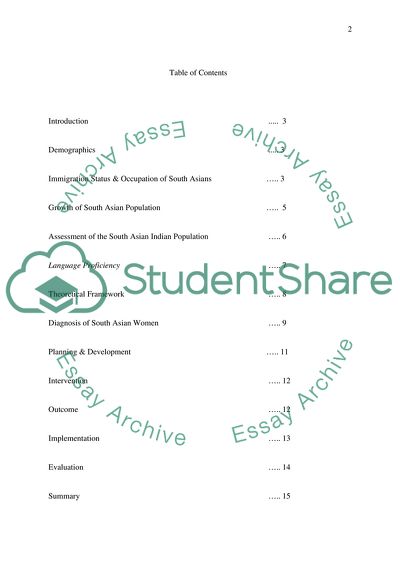Cite this document
(Vulnerable Population Coursework Example | Topics and Well Written Essays - 2000 words, n.d.)
Vulnerable Population Coursework Example | Topics and Well Written Essays - 2000 words. https://studentshare.org/health-sciences-medicine/1760937-vulnerable-population
Vulnerable Population Coursework Example | Topics and Well Written Essays - 2000 words. https://studentshare.org/health-sciences-medicine/1760937-vulnerable-population
(Vulnerable Population Coursework Example | Topics and Well Written Essays - 2000 Words)
Vulnerable Population Coursework Example | Topics and Well Written Essays - 2000 Words. https://studentshare.org/health-sciences-medicine/1760937-vulnerable-population.
Vulnerable Population Coursework Example | Topics and Well Written Essays - 2000 Words. https://studentshare.org/health-sciences-medicine/1760937-vulnerable-population.
“Vulnerable Population Coursework Example | Topics and Well Written Essays - 2000 Words”. https://studentshare.org/health-sciences-medicine/1760937-vulnerable-population.


